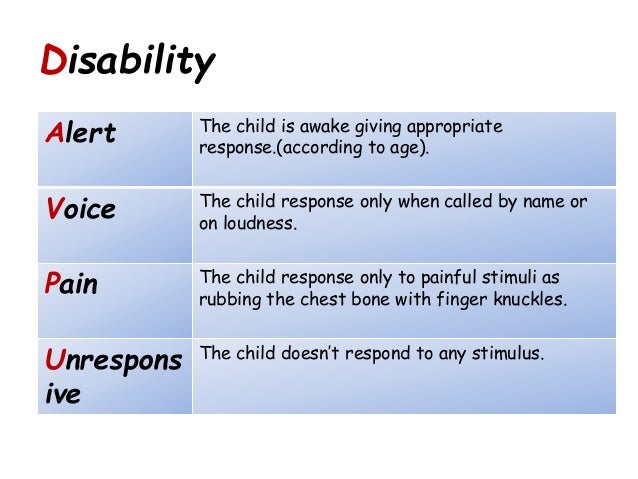

The information included in this article is based on the 2020 guidelines for CPR, first aid and advanced cardiovascular care. PALS certification provides clinical professionals from a variety of healthcare backgrounds a standard approach to emergency assessment to identify shock in infants and children and respond accordingly to improve the patient’s chances for survival.įor more information about PALS or SAMPLE pediatric assessment, see our PALS certification or recertification overviews.

They key to effective management of a child with signs or symptoms of shock is immediate determination as to the cause and type of shock.
Brisk capillary refill skin#
These conditions usually first present through cyanosis (a blue coloration of the skin and mucous membranes due to a lack of oxygen), followed later by shock if the physical obstruction is not corrected. Specific congenital heart diseases are causes of obstructive shock that may be seen in neonates within the first few weeks of life. Physical obstructions to the blood flow result in obstructive shock. In tertiary stages of emergency assessment, cardiomegaly (enlarged heart) may be seen on a chest x-ray, while cardiac hypertrophy (thickening of the heart muscle) may be indicated by an echocardiograph. These signs include hepatomegaly (enlarged liver), increased respiratory effort, cyanosis (a blue coloration of the skin and mucous membranes due to a lack of oxygen), cardiac murmurs and gallop and precordial heave. Signs of cardiogenic shock in children and infants may include those associated with hypovolemic shock, but additional signs will likely also be present specific to the cardiogenic effects. The dysfunction may be caused by heart disease or an arrhythmia however, congenital heart disease is the most common cause of cardiogenic shock among children. The inadequate tissue perfusion that characterizes cardiogenic shock is due to myocardial dysfunction. In a child with a higher cardiac output and low systemic vascular resistance (more specific to distributive shock), additional signs indicative of a "warm shock" may be seen, including low blood pressure (with a narrow pulse), bounding peripheral pulses, brisk capillary refill and warm, flushed extremities.

Signs of distributive shock in children may be similar to hypovolemic shock. It is most commonly associated with sepsis, a severe allergic reaction and head or spinal injury.

When blood volume is not adequately distributed to the necessary organs and tissues, distributive shock occurs. Accordingly, hypovolemic shock is a major cause of infant mortality.Ĭlinical signs of hypovolemic shock include rapid breathing and or heart rate, abnormally low blood pressure, weak peripheral pulses, cool pale skin, increased urine output and changes in mental status. The leading cause of shock worldwide is hypovolemia-or loss of blood volume-due to diarrhea. Hypovolemic shock generally results from diarrhea, vomiting, poor fluid intake, hemorrhage, heat stroke or burns. The four basic types of shock include hypovolemic, distributive, cardiogenic and obstructive shock. Clinicians with the PALS certification develop a keen understanding of the causes, types and varying degrees of shock in children to effectively and efficiently respond in an emergency situation. Acutely ill children are particularly vulnerable to shock because their small body size limits the amount of reserve they have, which may be insufficient to meet the physiological demands of the trauma or illness.Ī critical component of the pediatric advanced life support (PALS) protocol is recognizing the signs and symptoms of shock in child or infant patients. The physiological response to such damage, often stemming from loss of blood volume or other trauma, results in a cascade of events that can lead to multiple organ system failure and, in some cases, death. Shock is a general term used to describe the clinical condition that results from damage to any or all tissue and/or organs in the body. Signs and Symptoms of Shock in Children and Infants


 0 kommentar(er)
0 kommentar(er)
